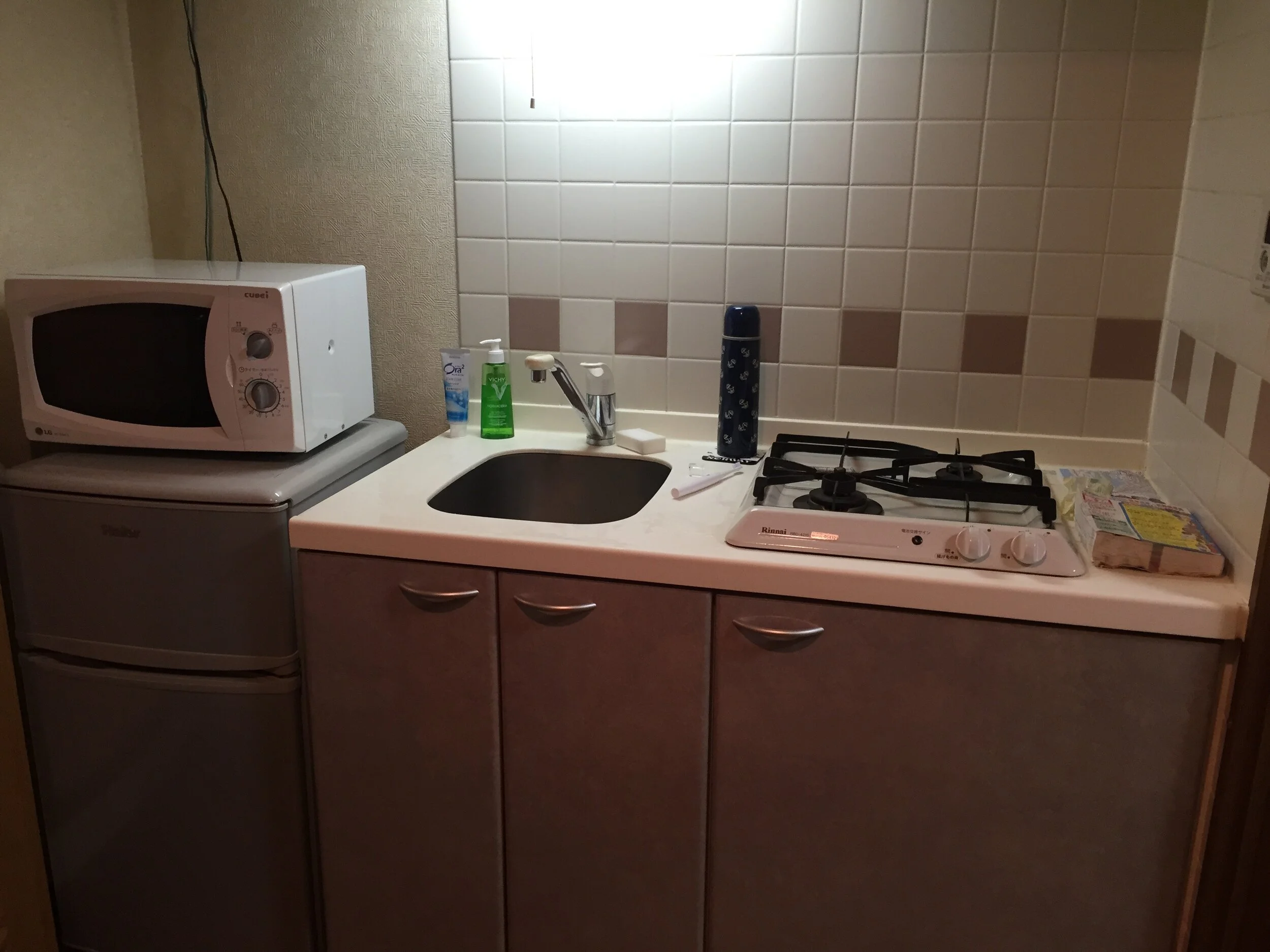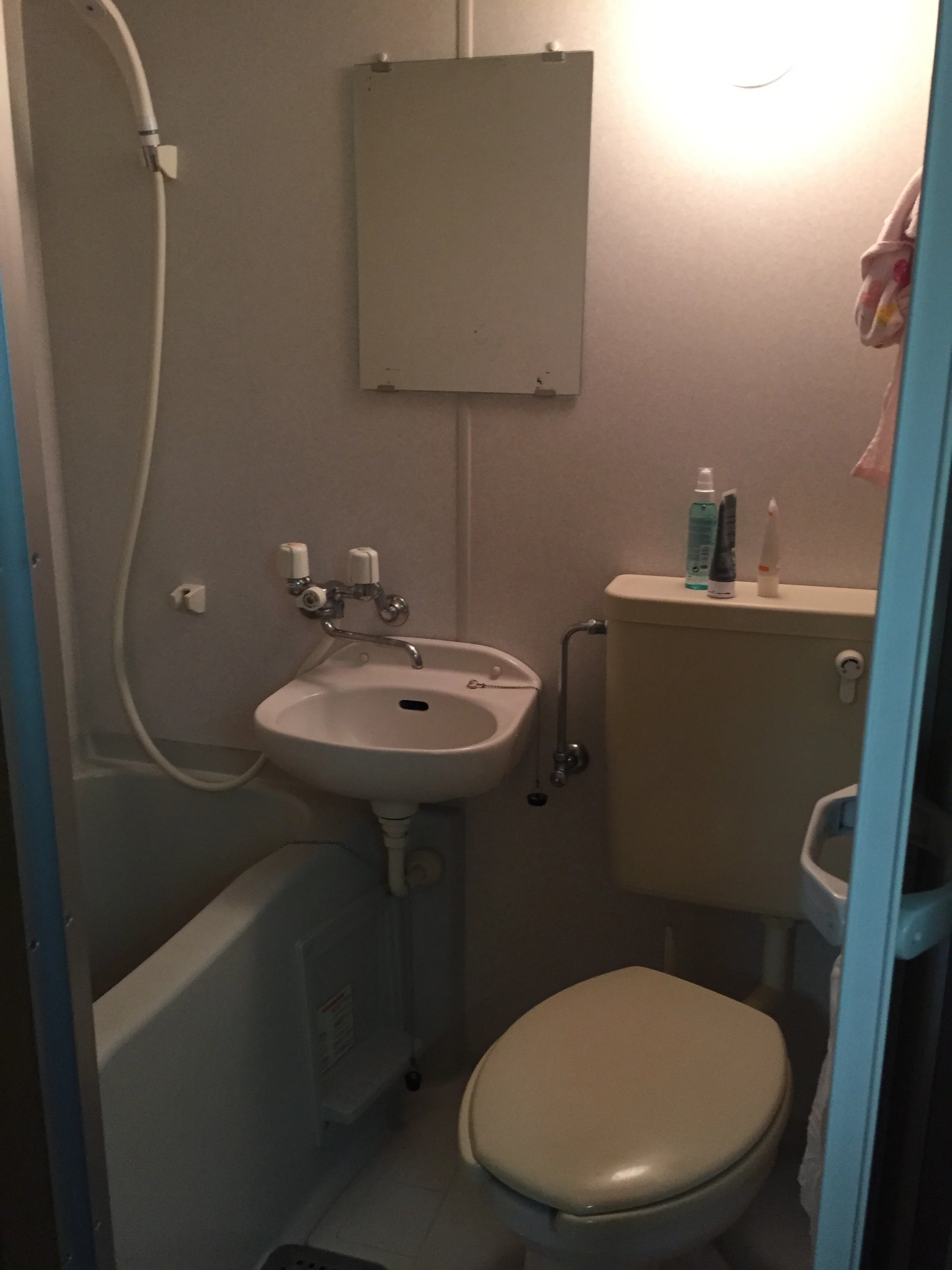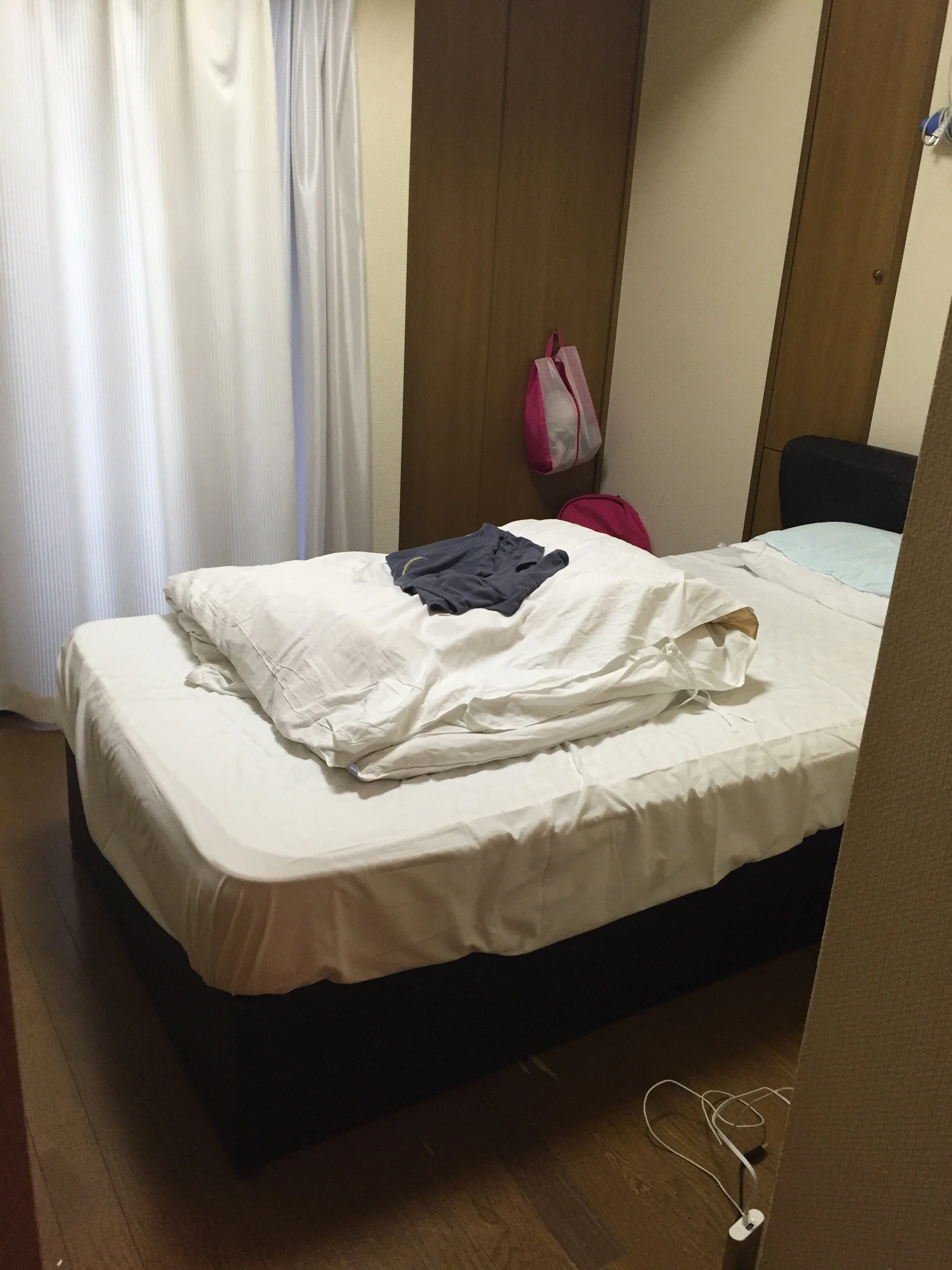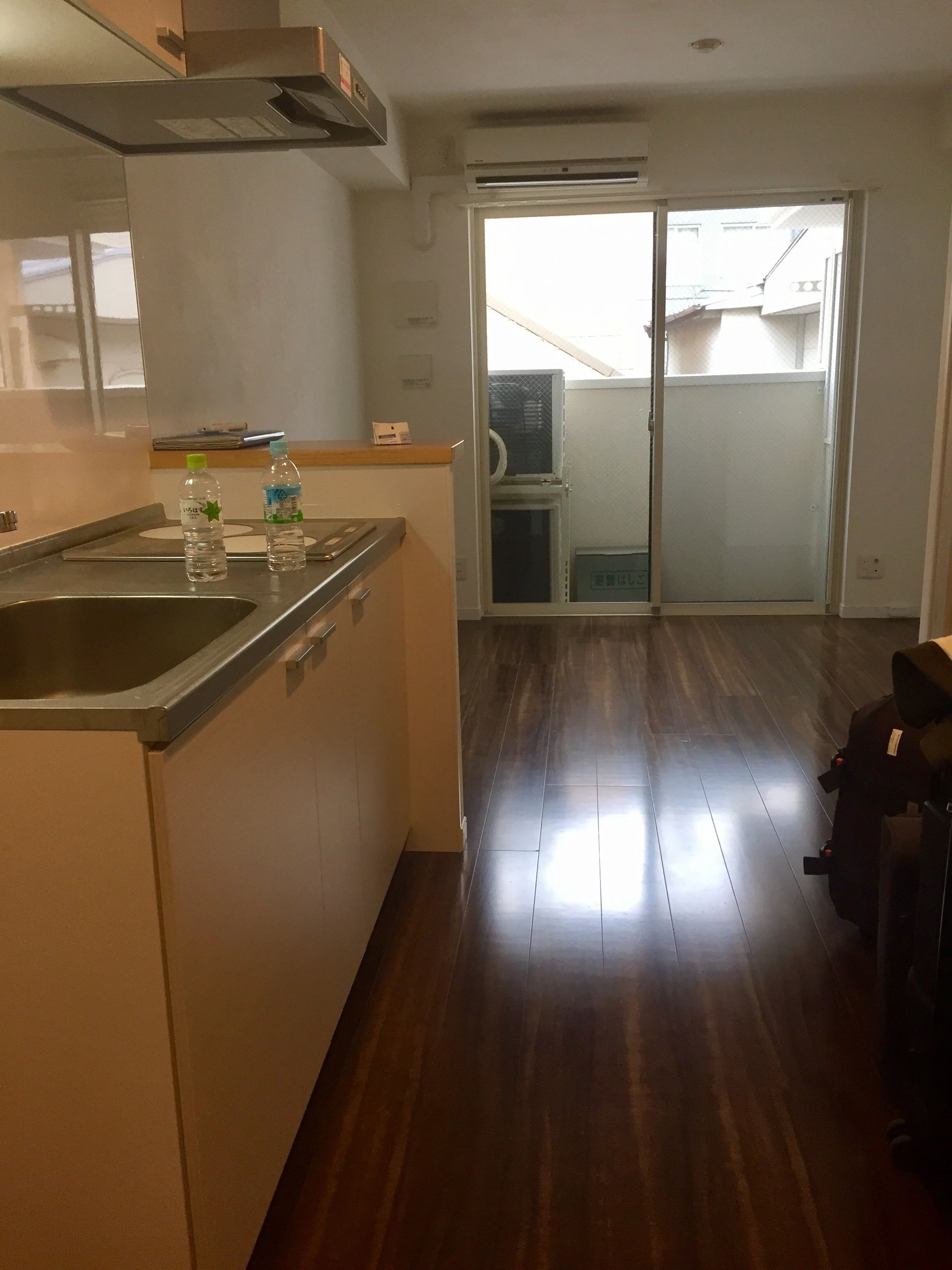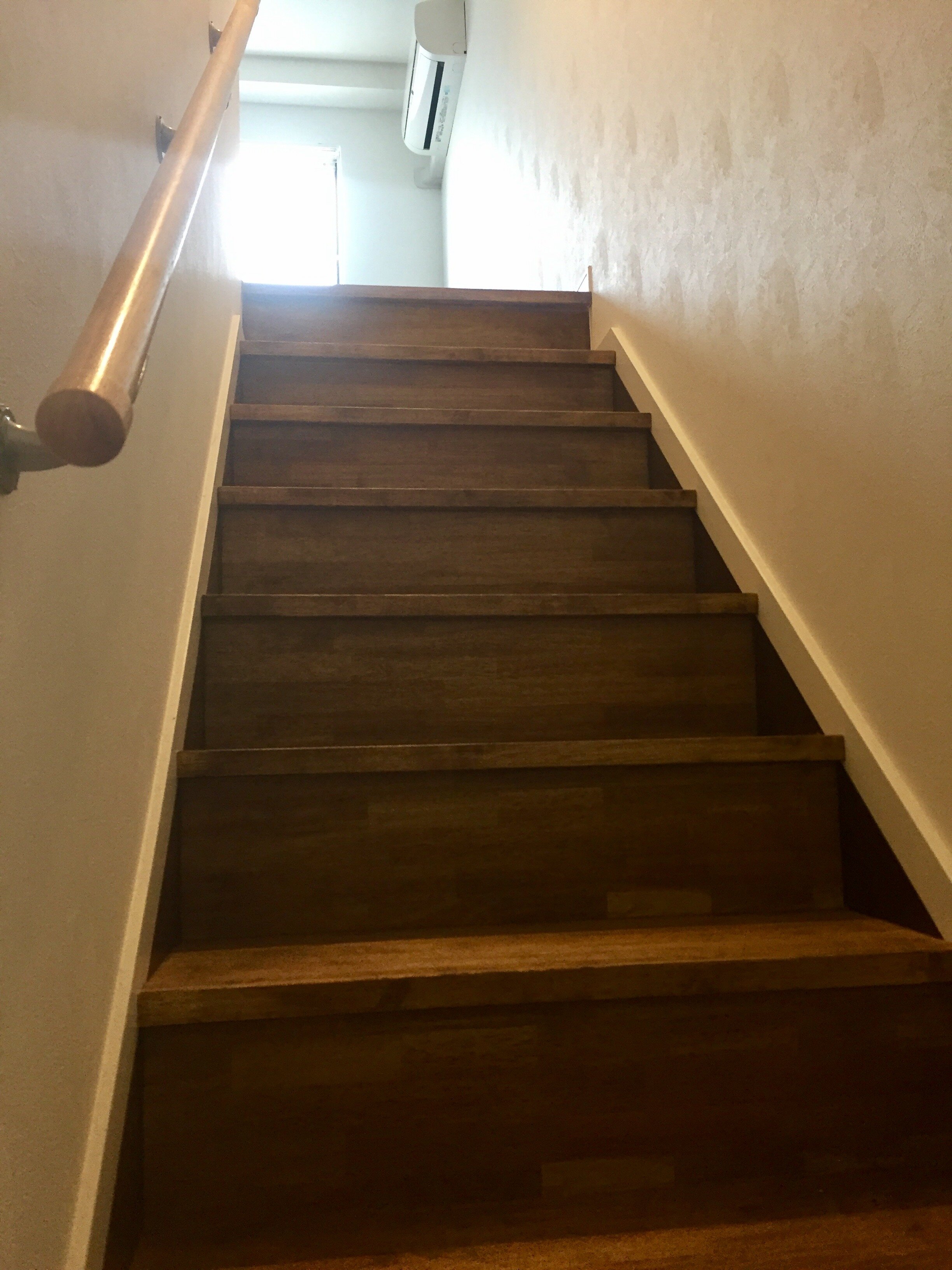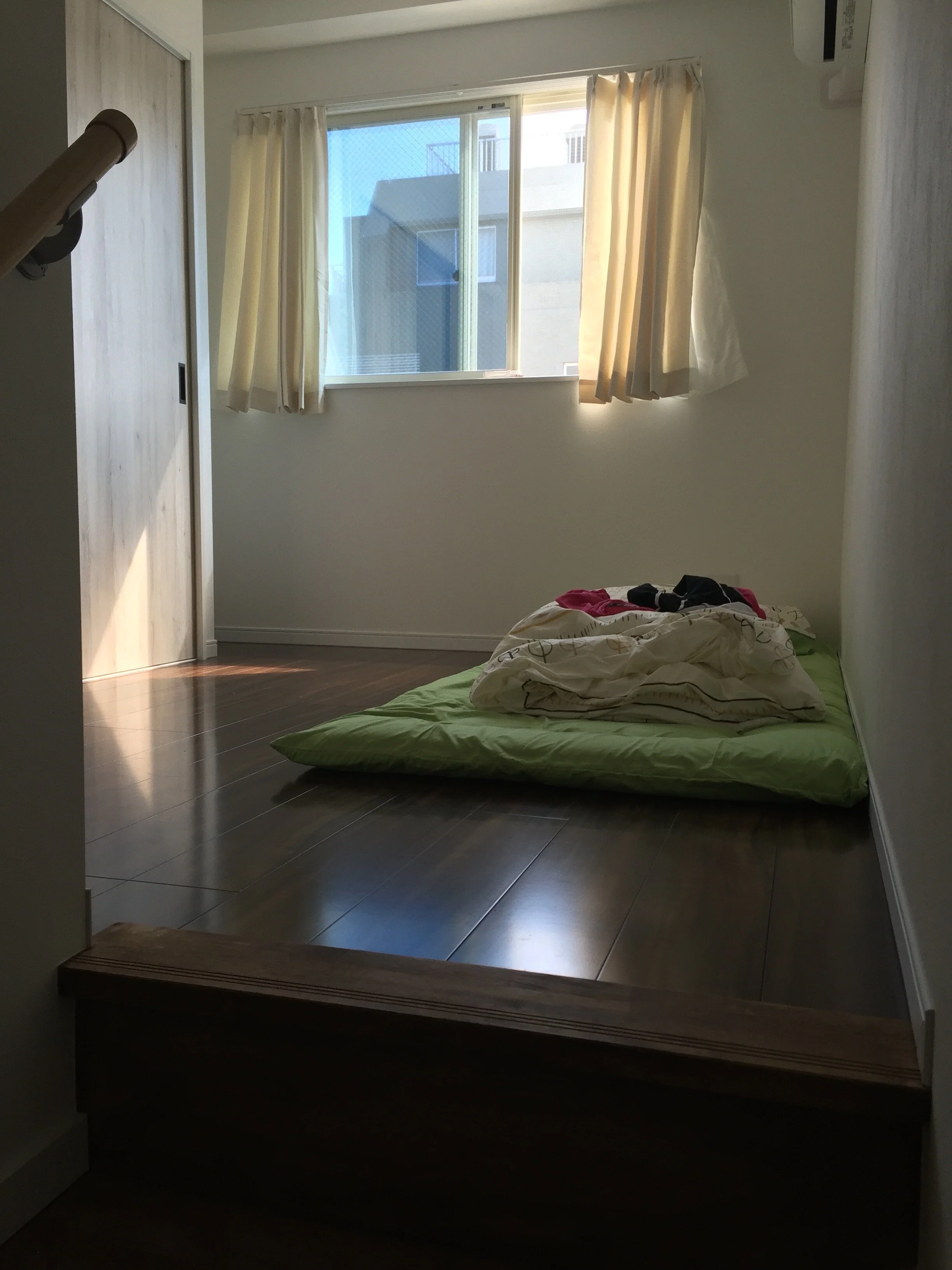My work experience in Tokyo was definitely the most unforgettable out of all my adventures to date. Like many other expats in Japan, my decision to relocate to Japan was tied to animes. The world I saw through the Japanese animes, particularly Doraemon and Chūka Ichiban, appeared super fascinating so I always wanted to see what it is like in Japan. When the opportunity to work in Tokyo came along I just went for it, without doing much research and just packed up two suitcases when it was time to go. The short 14-month stay turned out to be loaded with many new discoveries and fond memories.
If you haven’t came across fun facts about Japan, this blog is a condensed and entertaining read for learning some of the odd things about Japan. Instead of writing about all the amusing moments I experienced, I am going to focus on sharing about what it was like to live and work in Tokyo.
Part I - Language and Housing
Part II - Holidays and Hiking
Part III - Community Centres and Other
1 - Language
It is true that majority of the Japanese population doesn’t speak/understand English. I was lucky as my Chinese background enabled me to get by easily without even learning Japanese before I went to Tokyo. I got lost when trying to find my corporate housing upon arrival, but was able to ask a store owner to lend me their telephone to contact coworkers by writing down “電話” which is the Chinese Kanji in the Japanese system for telephone. Then, throughout my stay in Tokyo, I found I could understand at least 50% of advertisements/documents and guessed the rest. The only headache for me was conversational Japanese.
To establish my residency in Tokyo at the beginning, I didn’t need to speak Japanese for the most part. Conveniently there was a foreigner version of everything: there was the Shinsei bank for getting a bank account, there were English-speaking housing agents for finding rental apartments and helping through contract singing, and there were English support when dealing with the government agencies.
Then, for navigation, there was English labeling in all subway maps and street signs so getting around was relatively easy. Thanks to Google Map, I didn’t need to know how to ask for directions. Due to this convenience, I never managed to pick up all the Japanese words for asking for directions. From what I could recall, navigating in the rural area was also easy with Google Map.
The only instance where I really needed to be able to read and speak in Japanese was in restaurants, particularly the ones outside of touristy areas. I lived in a neighbourhood with family run restaurants and the owners were older Japanese who didn’t know English. I had to know all the Japanese food and ingredient names to be able to order things I wanted in those restaurants. It wasn’t an easy journey, because there were just so much more food varieties in Japan compared to the what I had in Canada/America. Thanks to my passion for cooking and eating, I was very motivated to pick up the food part of the Japanese language and managed to become fluent in ordering within a month. For those of you planning to visit Japan, I definitely recommend learning your food language before going so you can dine in the more local restaurants!
Some tips about picking up Japanese:
Learning Hiragana and Katakana is the fundamental step before you can go anywhere with the language. It is all about memorization. To facilitate the learning for those who knows Chinese already, this chart is super useful. It turns out the Hiragana and Katakana are both derived from Chinese Kanji. I was quite amazed when I stumbled upon the chart. It allowed me to memorize the two systems within a day!
i found Katakana was more common in the touristy areas. For one thing, it is used to spell out a lot of the foreign influence food items such as “ice Cream” and “Hamburger” on the menu (basically Katakana is used to spell out anything foreign that can’t be written in Kanji, which is equivalent to saying non-Chinese foreign influences). For another, Katakana is used in a lot of advertisements/banners/posters to cater to foreigners. So, learn your Katakana first if you have to pick! I found it fun to learn words written in Katakana, because they were based on the language where the item was from so I learned about origin of various things. For example, the Japanese word randoseru (ランドセル), which is the boxy and sturdy leather backpack that is carried by all school kids, comes from the Dutch word “ransel” which means backpack.
I recommend the app “JapanesePod101” for learning the conversational Japanese that’s applicable to everyday life. I had a private tutor for weekly lessons after work hours and we followed a structured syllabus based on the popular book “Minna no Nihongo”, but I found it was quite difficult to memorize all the grammar. The podcast lessons focus less on grammar, instead these allow you to learn useful phases for different given situations. These lessons would be a quick way to pick up some Japanese for everyday encountering. The podcast format makes it a fun thing to do on the road as well. However, if you would like to pass the Japanese proficiency tests eventually then I still recommend a formal structure program.
2 - Housing
Yes, living spaces were tiny in Japan. When I was given options for corporate housing, despite the total area was small (between 18m2 to 21m2) the pictures online didn’t look that bad. It was only when I arrived at the actual apartment, I realized how small it was! The ~20m2 space contained a full bathroom, a kitchenette and a bedroom with a desk and a TV. I barely had space to move around after I opened up my two suitcases!
When I looked for my own place, I “upgraded” to 36m2 already but it was still a downsize compared to what I had prior to Tokyo. However, I did realize I had been taking space for granted. The apartment was small but fully functional (绝对的麻雀虽小五脏俱全). Storage space was plenty thanks to the neat layout. I learned to limit myself on buying useless things for the smaller space, just like the “Danshari (斷捨離)” concept introduced by Marie Kondo. I was once able to host a group of 5 friends visiting from abroad in my tiny apartment! Where there’s a will there’s a way…
As a foreigner working in Japan, it wasn’t easy to find a rental apartment. A lot of landlords specified not renting to non-citizens. I had a rental agent focusing on finding foreigner-friendly apartments. The lease structure was very similar to renting in the U.S., one month rent as commission, key deposits, plus first and last month rent up-front. There was one extra requirement for foreigners: a co-signer / guarantor. Gladly the admin in my team was willing to serve as a guarantor. I imagine she had to do it for every foreigner joining. I was not sure how other foreigners could find someone who would be willing to serve as a guarantor when they were new to the counter.
When I moved in to the new apartment, I was part of a “furniture transfer” tradition that ran within my company. There was a constant turnover of foreigners in the company, people leaving would be passing on furniture to people joining. I got my whole house of furniture from an ex-worker who was returning home just at the time as I was moving in. Luckily I was able to fit everything into my own home. To get furniture in Japan, Nitori, the Japanese version of IKEA, would be a very good option, affordable yet still good quality. Even the Japanese versions of dollar stores, such as Daiso and Seria, are good options for finding quality kitchenware/homeware for your rental home. When you buy furniture, be mindful of hefty fees when you would need to pay for disposing furniture, either through local disposal office or private service. I tried selling some items online when I had to leave Tokyo, it wasn’t easy due to most people didn’t drive cars so no one was willing to pick up furniture. Again, think Danshari!
I was overall quite happy about the living conditions in Tokyo. It was only expensive on a per footage basis, otherwise the rent was actually more affordable as a proportion of income. The only thing I had to get used to was garbage sorting. The categorization was very strict and there were different collection days for different types of garbage. For a small living space, imagine setting different garbage up for different things, and imaging leaving garbage sit there for one more week if you missed the collection day. It was the biggest headache living in Tokyo! Some landlords would check whether the residents follow the rules. In the corporate housing, I received a building-wide warning letter about garbage not disposed according to rules once!

